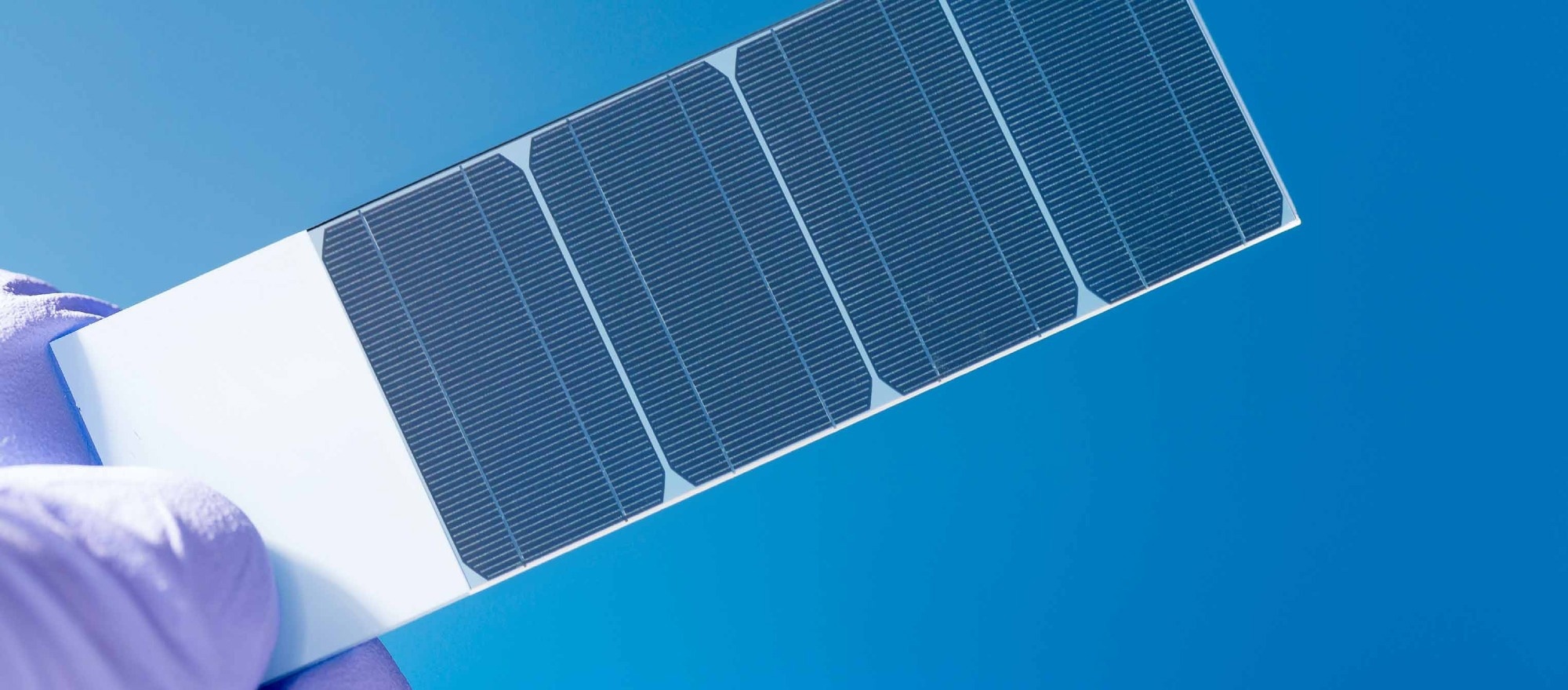Researchers at the National Renewable Energy Laboratory (NREL) of the US Department of Energy believe that a variety of stress tests should be performed on perovskite solar cells at the same time to accurately forecast how they would perform outdoors.

Image Credit: luchschen/Shutterstock.com
To determine their stability, solar cells must withstand a variety of rigorous conditions, frequently with varied combinations of shifting stress elements; however, most researchers do these tests indoors under a few stable stressful settings. While these tests offer some useful information, it is crucial to identify the stressor used in interior tests that had a predictive relationship with the outside operation.
We must understand how well perovskite solar cells will perform outdoors, under real conditions, to move this technology closer to commercialization. That is why we identified accelerated testing protocols that can be conducted in the laboratory to reveal how these cells would function after six months in operation outside.
Kai Zhu, Senior Scientist, Chemistry and Nanoscience Center, National Renewable Energy Laboratory
In a recently released study titled “Towards linking lab and field lifetimes of perovskite solar cells,” which appears in the journal Nature, Zhu is the lead author. Qi Jiang, Robert Tirawat, Ross Kerner, E. Ashley Gaulding, Jimmy Newkirk, and Joseph Berry are his fellow NREL co-authors. The University of Toledo has additional co-authors who have worked with Zhu on a number of other recent studies regarding perovskites.
Solar cells are stressed by outside circumstances such as humidity, heat, and even light. As a result, solar cell efficiency and power generation diminish with time. To meet the dependability requirements for perovskite technology commercialization, protocols must first be devised so that advancements from different organizations can be easily evaluated and compared.
Researchers often expose perovskite solar cells to light and low temperatures to assess their stability. However, there is a wide range of testing settings, making it difficult to evaluate different studies and determine their significance in obtaining the reliability required for commercialization.
The NREL-led research team ran a battery of experiments on perovskite solar cells. After about 5,030 hours of continuous operation, the cells preserved more than 93% of their full efficiency during the operational stability test. Thermal cycling was used on the cells, with temperatures varying between –40 and 85 degrees Celsius. After 1,000 cycles, the cells were degraded by roughly 5% on average.
Different stimuli, such as light and heat, were tested individually. In real-world situations, however, these distinct components interact to affect solar cell performance. When light and heat are combined, for example, they significantly accelerate performance deterioration or produce new issues that would otherwise be absent or develop at a slower pace when tested individually.
The researchers determined that the most important combination of stresses for evaluating how well a perovskite solar cell will operate outside is high temperature and light.
The study was supported by the US Department of Energy’s Solar Energy Technologies Office.
Journal Reference:
Jiang, Q., et al. (2023) Towards linking lab and field lifetimes of perovskite solar cells. Nature. doi:10.1038/s41586-023-06610-7